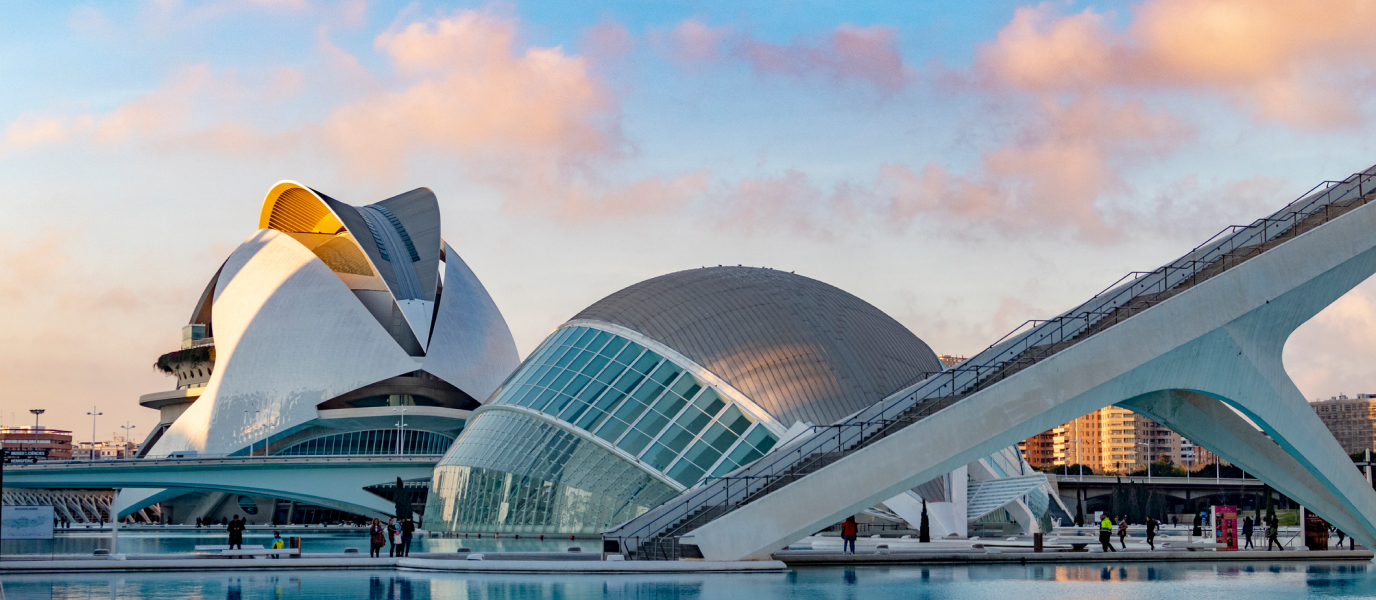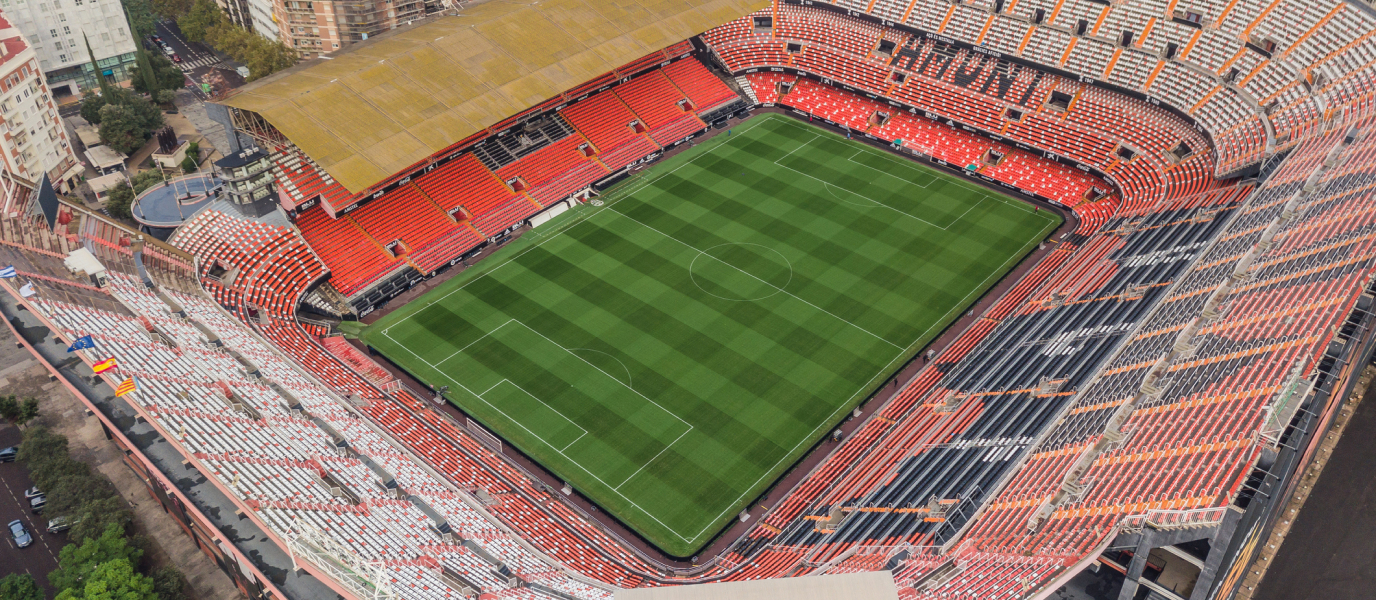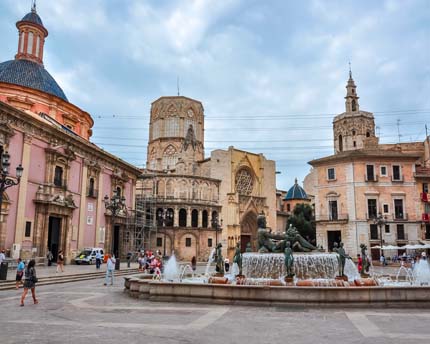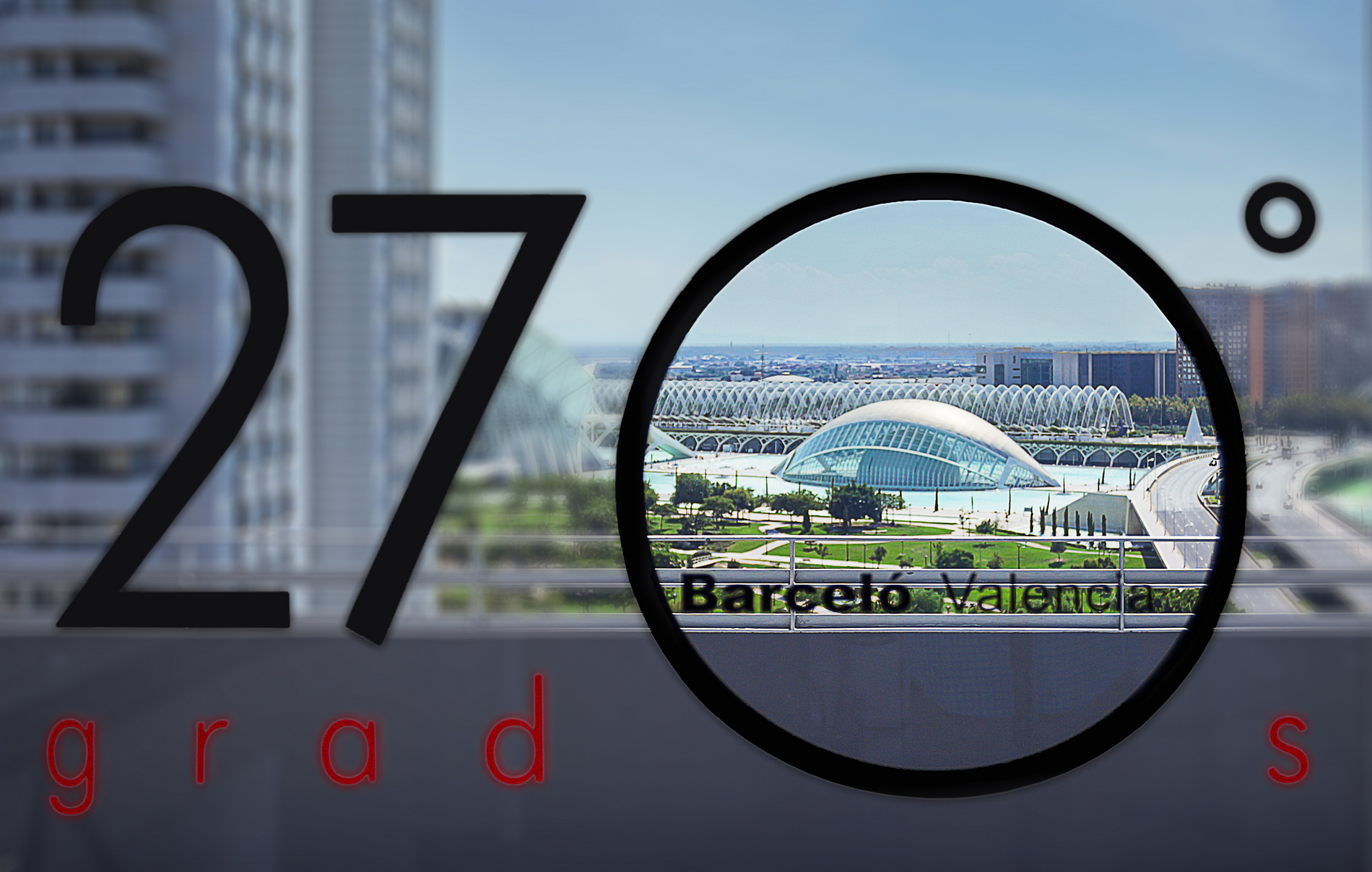One of the attractions that are hiding away in the park that was once the riverbed of the Túria is the giant Gulliver. It looks like something straight out of the famous Valencian fiesta Les Falles and lets children play as if they were Lilliputians.
Based on the tale Gulliver’s Travels, written by Jonathan Swift in 1726, the park represents the scene of the giant Gulliver lying on the ground, bound by the ropes of the Lilliputians. Gulliver’s ship had been wrecked, and he’d been washed up on the beach, exhausted. There he fell asleep and, when he awoke, he found that hundreds of tiny people, the Lilliputians, had tied him up.
A circular area of 15,000 m2 is dedicated to Gulliver, surrounded by shady benches. The whole model, which is nearly 70 metres long and almost 9 metres high, is covered in slides, stairs, and ropes for climbing. The beard and hair area are where you’ll find the steepest slides, and the skirts of the jackets are where you’ll find the widest ones, that parents can slide down with the youngest members of the family.
The model is clearly inspired by the falles, and the material it’s made of isn’t very hard. That, along with its curved lines, means that it’s safe for children. Just bear in mind that during the warmer months it’s best for them to wear long trousers, as the sun really heats up the surface. In spots where the slides are steeper, like the hair, they’ve recently added an anti-slip layer so that children don’t slide down as fast.
There are public toilets here, and a first aid station to deal with any scrapes or burns. As you’ll struggle to get them out of the park, we recommend you slather your children in sun cream and make sure they’re wearing a decent hat.
Inside Gulliver’s hat, which is lying on the ground next to his wrist, there’s a scale model of the giant.
The children’s area in the Túria gardens
The zone where you’ll find the giant Gulliver is a 61,000-square-metre section in which you’ll find swings and slides, a mini golf course and the Gulliver skatepark, where you can practice your skills on your skates, skateboard or BMX.
Very close to the slides and next to a bar with an incredible terrace, there’s a mini golf area. This course has different holes and is a great chance to practice your swing. You can rent the mini golf clubs at the booths that are right next to Gulliver. There are also enormous chess boards for giant games.
The story of the Gulliver
The Gulliver in the Túria gardens was inaugurated on the 29th December 1990, after a complicated start in life. The original design was by Rafael Rivera, a Valencian architect who wanted to create a place where children could play using their imaginations. To begin with, the idea was to install it on Carrer del Dr. Lluch, and for it to be half the size. A hand would’ve reached down to the pavement to create a tunnel into the park, but this project never went ahead. Years later, the falles sculptor and artist Manolo Martín agreed to continue with Rafael Rivera’s project. Sento Llobell, a Valencian illustrator and artist of various falles in Valencia, joined him. It was almost built in Barcelona, which was, at that time, preparing for the 1992 Olympic Games. But, after a lot of political tension and a twin Gulliver even being built in Norway, its current location was decided upon. The construction of the model, using the techniques used in the falles workshops, was based on a 1:35 scale model and a sketch. So, the creators tried the slides out themselves before they finalised the project.
Gulliver’s Travels
The novel written by Jonathan Swift in 1726 tells the tale of the travels of the surgeon and ship’s captain, Lemuel Gulliver. On his first voyage, his ship was wrecked on the shores of Lilliput, where the average height of the inhabitants was just over 15 centimetres. He would later undertake more voyages to Brobdingnag, the land of giants, Glubbdubdrib, the island of sorcerers, and finally to a land governed by horses.
The book was written as a satire of the hypocrisy of the politics of the time, reflected in the absurd discussions that the Lilliputians have.
Jardí del Túria, Gulliver’s home
Valencia’s giant sleeps in the Jardí del Túria gardens, one of Spain’s largest urban parks. It stretches nearly seven kilometres from the Parc de Capçalera to the Ciutat de les Arts i les Ciències [City of Arts and Sciences]. The park divides, or rather unites, the city, with 18 bridges, all built at different times.
In the past, the River Túria broke its banks easily, flooding part of the city. The last great flood was in 1957 and led to the decision to divert the river to the south of Valencia. The space that the river took up was, in 1986, turned into a huge park dotted with palm trees and orange trees, the result of the work of various landscape gardeners. It was divided up into sections, and section twelve, where Gulliver lies sleeping, was dedicated to children, known as the Parc de Xiquets.
Situated between the Palau de la Música and the Ciutat de les Arts i les Ciències, the Parc Gulliver is one of the biggest attractions of the Jardí del Túria gardens, but there’s plenty more to see. Visit it yourself to discover them all!





















































































